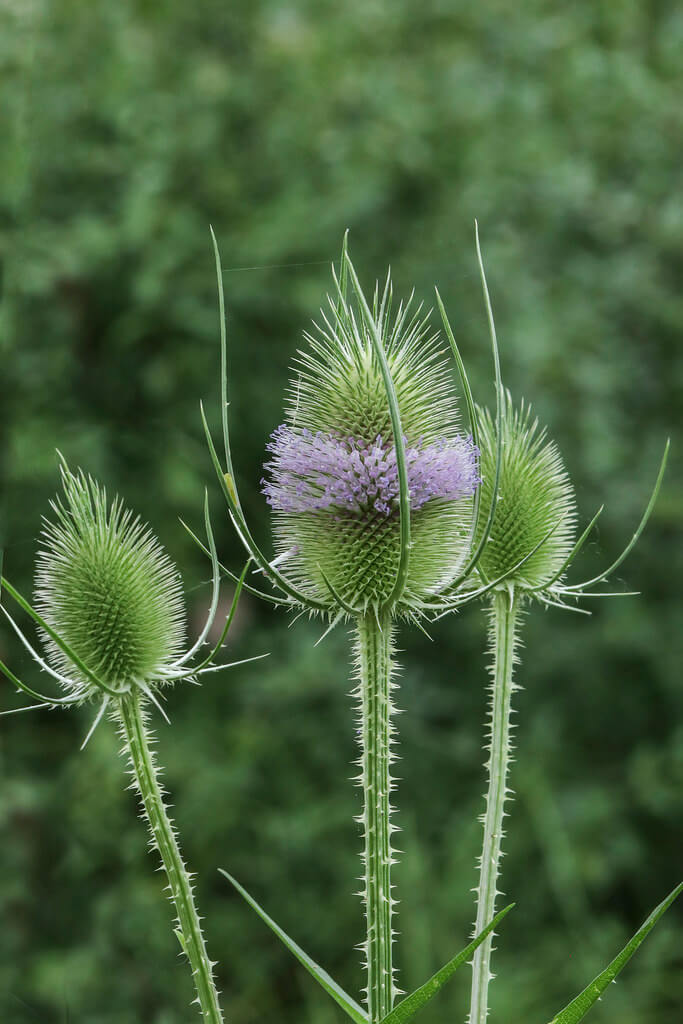Australian Plant Census (2011) available at: Vascular Plants APNI (biodiversity.org.au)
Anon. (undated). Prospects for biological control of teasels, Dipsacus spp. European Biological Control Laboratory, United States Department of Agriculture.
Australia's Virtual Herbarium (AVH) (2007). Council of Heads of Australian Herbaria (CHAH). Available at: Home - AVH (chah.org.au)
Carr, G.W., Yugovic, J.V. and Robinson, K.E. (1992). Environmental weed invasions in Victoria. Department of Conservation and Environment and Ecological Horticulture Pty. Ltd., Victoria.
Jeanes, J.A. (1999). Dipsacaceae in N.G. Walsh & T.J. Entwisle (eds), Flora of Victoria vol. 4, Inkata Press, Melbourne, pp. 650-651.
National Herbarium of Victoria (2007) Records from the MELISR specimen database.
Parsons, W.T. and Cuthbertson, E.G. (2001). Noxious Weeds of Australia. CSIRO Publishing.
Reed, D.W. (2007) Teasel. Wildflowers of the Southeastern U.S.
Reid, J.C. (2007). National Herbarium of Victoria, Melbourne. Personal communication.
Retter, L. (1992). Dipsacaceae in Harden, G.J.(ed), Flora of New South Wales vol. 3, New South Wales University Press, Kensington, NSW.
Victorian Resources Online (2007) Wild Teasel (Dipsacus fullonum) (Nox). Department of Primary Industries Victoria. Available at: Wild teasel (Dipsacus fullonum) (Nox) | VRO | Agriculture Victoria
eFloraSA (2021). Electronic Flora of South Australia. State Herbarium of South Australia: Adelaide. Available at: Fact sheet for Dipsacus sativus (flora.sa.gov.au)
POWO (2019). Plants of the World Online. Facilitated by the Royal Botanic Gardens, Kew. Available at: Dipsacus fullonum L. | Plants of the World Online | Kew Science
Queensland Government (2016). Dipsacus fullonum L. subsp. fullonum, Weeds of Australia, Biosecurity Queensland Edition. Department of Employment, Economic Development and Innovation (DEEDI). Available at: Dipsacus fullonum (lucidcentral.org)
VicFlora (2016). Flora of Victoria, Royal Botanic Gardens Victoria. Available at: VicFlora: Dipsacus fullonum (rbg.vic.gov.au)































